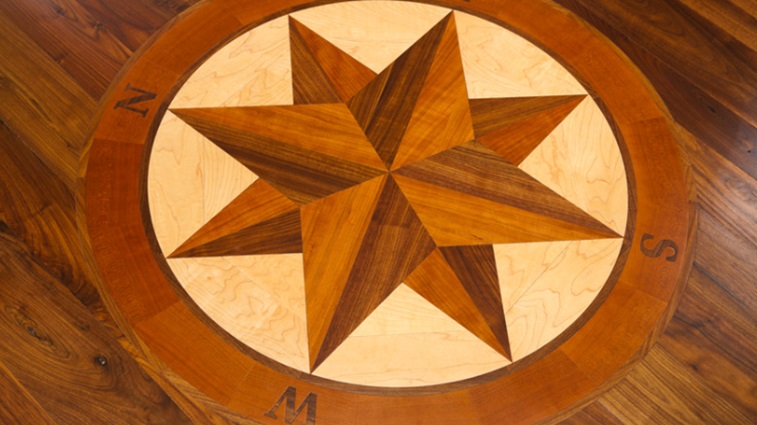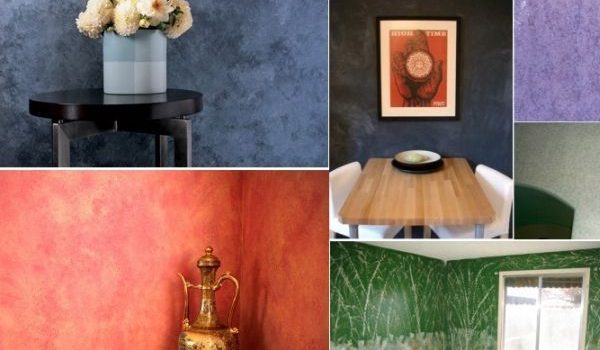Choosing the right flooring is one of the most impactful decisions when designing or renovating your home. Flooring sets the tone for the entire space and serves as a backdrop to your furniture and décor. Among various flooring options, wood floor designs stand out for their charm, versatility, and timeless appeal. However, finding a design that complements your home’s aesthetic isn’t always straightforward. Here’s how you can make the best choice.
Understand Your Home’s Style
The first step to selecting an appropriate wood floor design is identifying your home’s overall aesthetic. Is your home modern with clean lines and minimal décor? Or is it more traditional, with classic furniture and rich colours? For contemporary homes, lighter hues and smooth wood textures often work best, whereas darker tones with rich grains may suit traditional interiors more.
If your space blends different styles, consider opting for transitional wood floors, which strike a perfect balance between modern and classic. This versatility ensures that your floors adapt seamlessly to changing décor trends or personal preferences.
Consider Room Functionality
Every room in your home serves a distinct purpose, and the wood floor you choose should align with that function. High-traffic areas like hallways and living rooms need durable wood that can withstand heavy use and wear. Oak and maple are excellent choices for such spaces because of their hardiness.
On the other hand, for areas like bedrooms, which prioritize comfort and warmth, softer wood species with a finer grain can create a cozy atmosphere. It’s also worth noting that the durability and longevity of wooden floor tiles depend upon several factors. Proper maintenance, quality of wood, and installation techniques play a crucial role in ensuring their lasting performance.
Match Colors to Your Décor
Color plays a crucial role in harmonizing your wood floors with the rest of your space. If your furniture and walls feature neutral shades, you can add contrast with darker wood tones to create depth. For colorful or bold interiors, lighter wood may serve as a subtle and balanced backdrop.
You should also factor in the size of the room. Lighter wood floors can make small spaces look brighter and more expansive, while darker shades lend coziness to larger areas. Don’t forget to test samples of your wood flooring under different lighting conditions to ensure the color holds up as expected throughout the day.
Align With Your Budget
While aesthetics are important, your flooring choice must also align with your budget. High-end hardwood like walnut or mahogany can elevate luxury spaces but may not be practical for every homeowner. Luckily, there are more affordable options, like engineered wood, which mimic the beauty of hardwood but at a lower cost.
Additionally, keep installation and maintenance costs in mind. Opt for a design and material that can be cleaned and preserved with ease, saving you money and effort in the long run.
Factor in Sustainability
If you’re environmentally conscious, consider choosing sustainable wood flooring materials. Look for certification labels, such as FSC (Forest Stewardship Council), which ensure the wood has been harvested responsibly. Bamboo and reclaimed wood are also eco-friendly options that combine style and sustainability.
Choosing the right floor isn’t just about aesthetics; it’s also about ethical and eco-conscious living.
Conclusion
Selecting the perfect wood floor design for your home doesn’t have to be overwhelming. By considering your home’s style, room functionality, color coordination, patterns, textures, budget, and sustainability, you can find a wood floor that enhances your space and ties your aesthetic together. Remember, your choice of flooring serves as the foundation of your interior design, balancing style, durability, and practicality for years to come.




